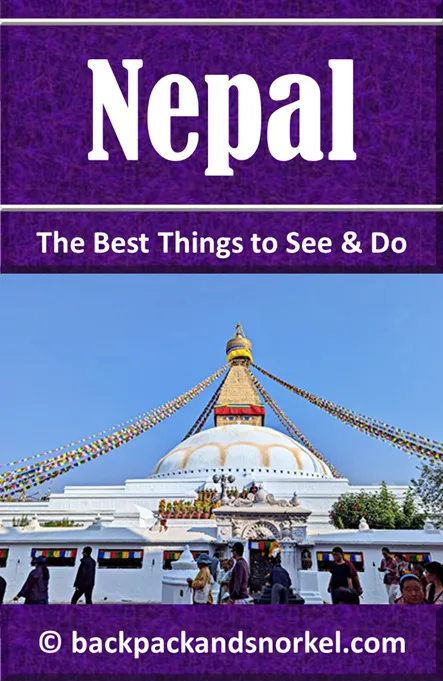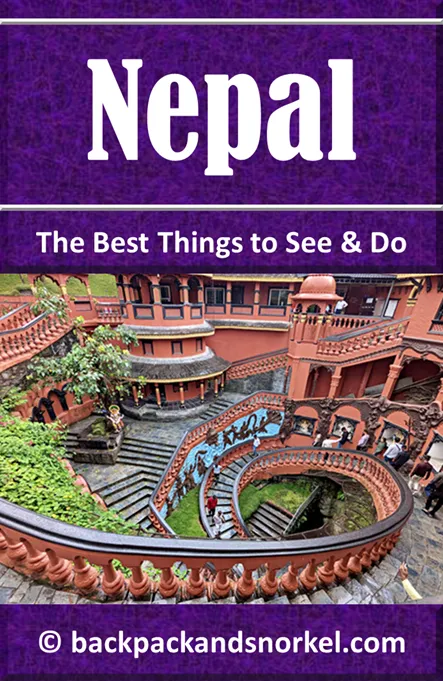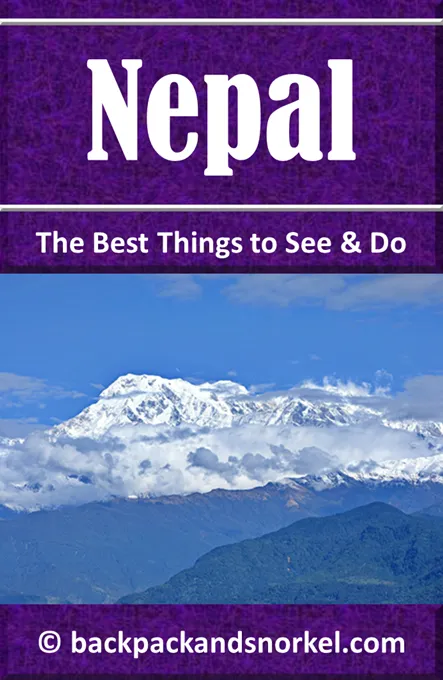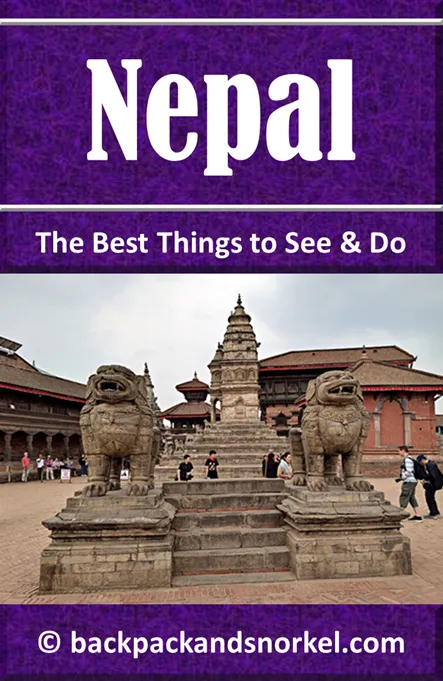Asan Bazaar: Immerse Yourself in Kathmandu's Most Vibrant Marketplace - Nepal Purple Travel Guide
(map, reviews)
This is Premium Content! To access it, please download our
Backpack and Snorkel Purple Travel GuideAsan Bazaar (also spelled Ason or Asan Tole) is The Historic Marketplace at the Heart of Kathmandu. It is one of the liveliest and most iconic destinations in Kathmandu.


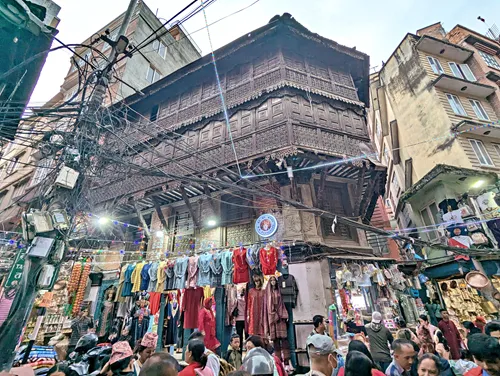
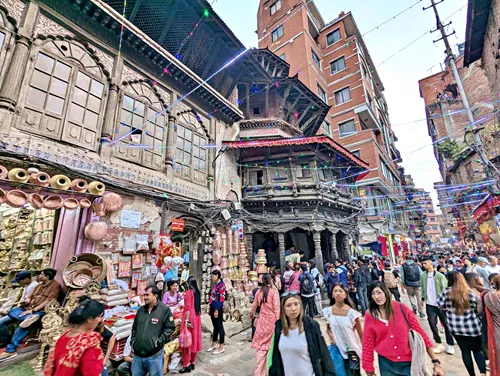
Here at Backpack and Snorkel Travel Guides, we typically promote self-guided walking tours.
But we realize that not everybody likes to walk by themselves in a foreign city. So, just in case that you rather go with ab guide: NO PROBLEM! Please see the Viator tours below.
free GuruWalk tours
paid Viator tours
Origin of the name Asan Bazaar
The name ‘Asan’ is believed to come from the Sanskrit word ‘Asana’, meaning ‘seat’ or ‘place’. This reflects the square’s historical role as a central meeting point or ‘seat’ of trade and ritual. Geographically, six major streets converge at Asan, which helped it become a key stop along the ancient India-Tibet trade route. For centuries, it has served as a crucial commercial and cultural crossroads in the Kathmandu Valley.
History of Asan Bazaar
Asan Bazaar has been a bustling trading hub since the time of the Malla kings - it is believed to have emerged during the Lichhavi era, which spanned from the 4th century to the 9th century AD, which makes it the oldest historic market in Kathmandu.
Even today, it remains a favorite destination for both locals and visitors looking to shop, explore, or simply soak in the atmosphere.
You will find a wide variety of goods, including:
Spices, grains, lentils, and dried goods
Fresh produce and traditional Nepali ingredients
Handmade brassware, religious items, and incense
Textiles, clothing, and ceremonial decorations
The market is especially popular among Kathmandu’s Newar community, who have long maintained the area’s cultural and religious heritage.
Spiritual and Cultural Significance of Asan Bazaar
Beyond its role as a market, Asan is a deeply spiritual space. Shrines and temples — such as the Annapurna Temple, Asan Dabu, and numerous small Ganesh and Bhairab shrines are located here and its surrounding alleys.
Asan comes alive during major festivals like:
Asan Pāhān Charhe – Celebrating the ancestral spirits
Indra Jatra – When deities are paraded through the square
Seto Machhindranath Jatra – With the chariot of the rain god passing through
These events transform the market into a festival ground, complete with music, dance, lights, and sacred rituals.
Visiting Asan Bazaar
Best Time to Visit: Early morning is the best time to visit and to take photos. The rest of the day, the place is packed with people and motorcycles, and it is noisy.
Tip: Be careful, motorcycles are zipping through the narrow alleys at fairly high speed in the mornings and they still push through the masses of people when the pace is packed in the afternoon and evenings
Back to your self-guided tour
Author: Rudy at Backpack and Snorkel
Bio: Owner of Backpack and Snorkel Travel Guides. We create in-depth guides to help you plan unforgettable vacations around the world.
Other popular Purple Travel Guides you may be interested in:
Like this Backpack and Snorkel Purple Travel Guide? Pin these for later:
